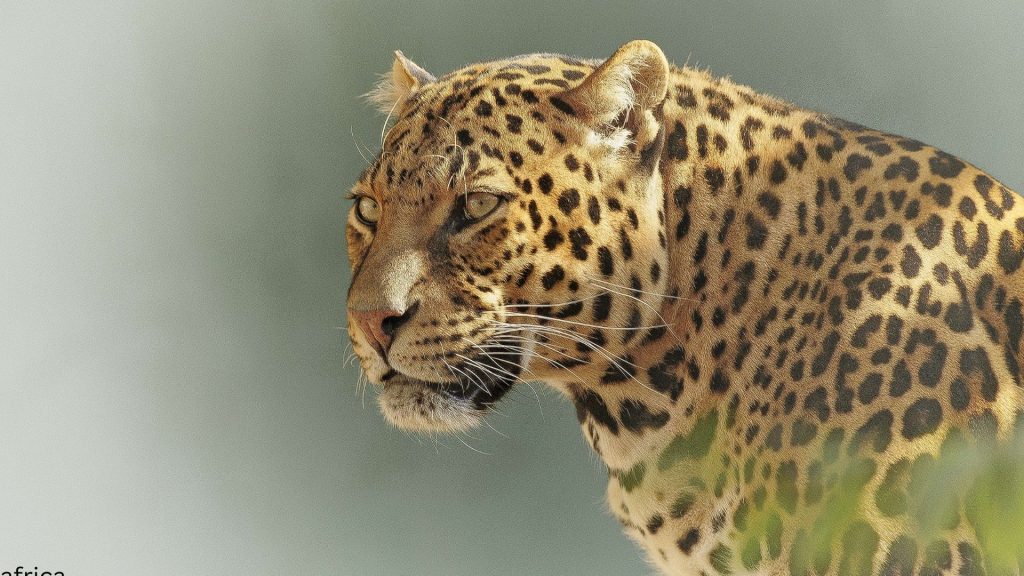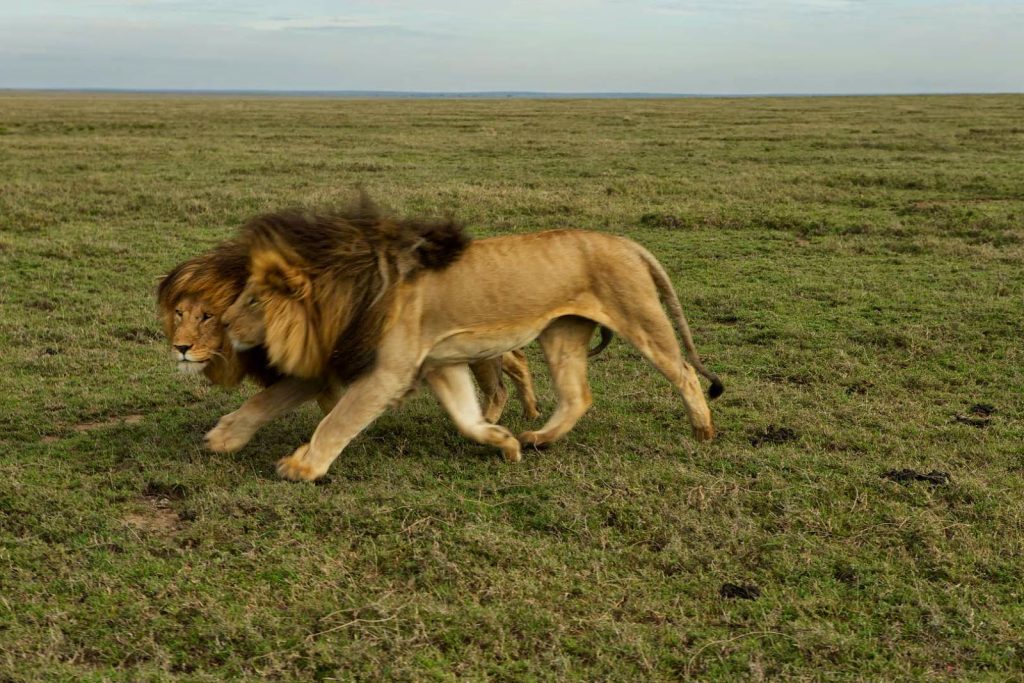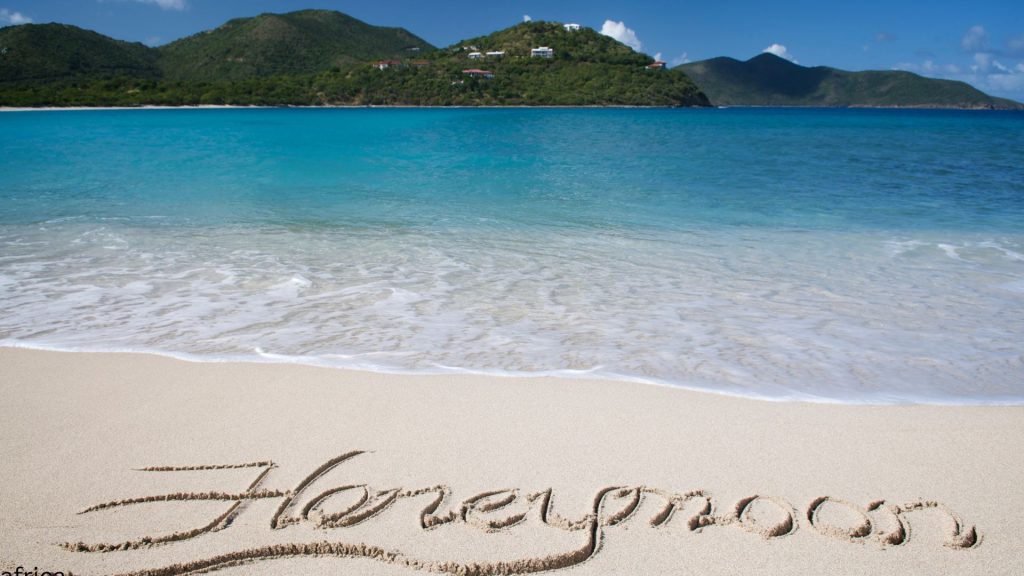Full Guide: 7-10 Days Tanzania Safari itinerary and costs
Home » Full Guide: 7-10 Days Tanzania Safari itinerary and costs
Picture yourself standing on the vast plains of the Serengeti, watching a herd of wildebeest thunder across the horizon as the sun dips low in the sky. That’s the kind of moment that draws people to Tanzania for a safari, a place where nature feels raw and alive in a way few spots on earth can match.
Tanzania sits in East Africa, a country that stretches from the snow-capped peak of Mount Kilimanjaro to the turquoise shores of the Indian Ocean, blending dramatic landscapes with a deep sense of history and life. What makes it truly special is how it captures the essence of Africa in one destination: endless savannas teeming with animals, ancient craters hiding secrets, and communities that have lived in harmony with the wild for generations. For those seeking a high-end safari, Tanzania offers experiences that feel personal and profound, from private game drives at dawn to evenings under starlit skies in luxurious camps. It’s not just about seeing wildlife; it’s about connecting with a world that reminds you of our place in it.
Why Tanzania Safari?
Tanzania stands out as a premier choice for safaris because its national parks and attractions deliver some of the most unforgettable wildlife encounters anywhere. The Serengeti National Park alone is legendary, home to the Great Migration where millions of wildebeest and zebras move in a timeless cycle, pursued by lions and hyenas in scenes straight out of a nature documentary.
Nearby, the Ngorongoro Crater acts like a natural amphitheater, enclosing elephants, rhinos, and flocks of flamingos in a volcanic bowl that’s easy to explore in a single day. Then there’s Tarangire with its massive baobab trees and herds of elephants, or Lake Manyara where tree-climbing lions add a quirky twist to the usual sightings.
These spots aren’t just about the animals; they’re woven into a tapestry of tribal and cultural heritage that enriches every visit. Meeting the Maasai people, with their vibrant red shawls and stories of living alongside predators, or learning from the Hadzabe hunters who still forage as their ancestors did, brings a human element that deepens the adventure.
And beyond the game drives, Tanzania mixes in diverse activities that keep things fresh. You could trek up the slopes of Kilimanjaro for a day hike, feeling the air thin as you climb, or unwind on Zanzibar’s beaches with their spice-scented breezes and coral reefs perfect for snorkeling.
This variety turns a safari here into something more than observation; it becomes a full immersion in Africa’s heart.
Ways to Go on Safari
Planning a safari in Tanzania means deciding how much independence you want versus the ease of having experts handle the details.
One option is self-driving, where you rent a sturdy 4×4 vehicle and navigate the parks on your own schedule, stopping whenever a giraffe catches your eye or a picnic spot calls. This appeals to adventurous types who enjoy the freedom, but it comes with challenges like rough roads, park regulations, and the need for solid navigation skills, especially since wildlife can appear unpredictably. Most visitors, though, opt for tour companies to make things smoother.
Local operators based in Arusha or Dar es Salaam know the terrain intimately, often providing knowledgeable guides who spot hidden animals and share insights about the ecosystem. They tend to offer better value, with direct connections to lodges and a focus on authentic experiences.
International travel agents or companies from abroad bring a different layer, coordinating everything from flights to custom requests, which suits those who prefer seamless planning from home but might add extra costs for that convenience. In the end, whether you drive yourself or book through pros, the key is matching your comfort level with the wild unpredictability of the bush.
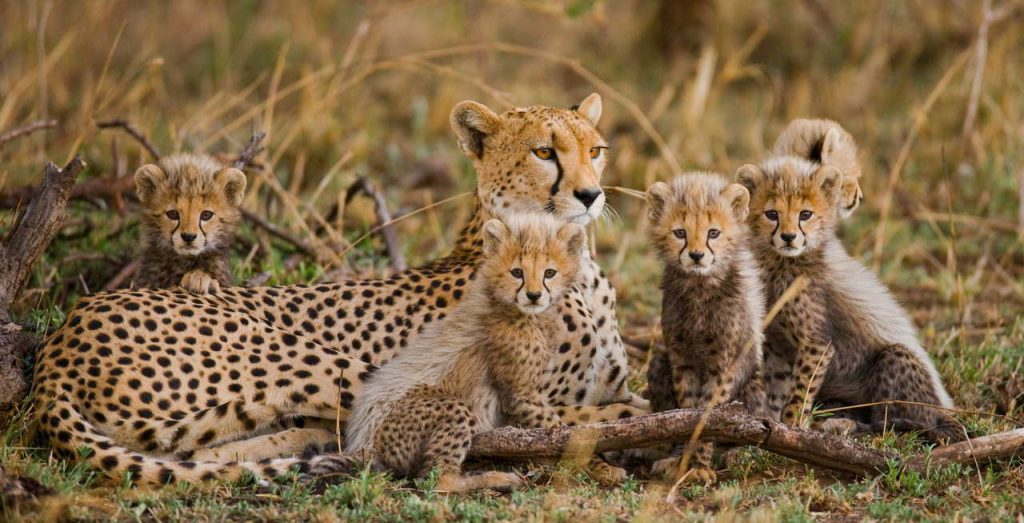
Budgeting for Safari
When figuring out a budget for a Tanzania safari, it helps to understand the different types available, each offering a distinct level of comfort and immersion. At the entry point, budget and camping safaris keep things simple and affordable, with basic tents pitched in public campsites, shared facilities, and group tours that foster a communal vibe among travelers. These are great for those who don’t mind roughing it a bit to save money, focusing more on the wildlife than amenities.
Stepping up, mid-range options strike a balance, featuring comfortable tented camps with en-suite bathrooms, better meals, and smaller groups for a more relaxed pace without feeling extravagant.
Then come luxury and high-end safaris, where the experience elevates to something indulgent: private villas or exclusive lodges with plunge pools, gourmet dining under the stars, and personalized guides in top-tier vehicles. The differences lie in the details, budget keeps it essential, mid-range adds polish, and high-end prioritizes exclusivity and refinement.
Costs pile up from various elements like park entrance fees, which can run high in prime areas, vehicle rentals or private transfers, experienced guides who enhance sightings, and accommodations that range from basic to opulent. Flights within the country, meals, and tips also factor in, so plan
Transportation on Tanzania Safari
Getting around during a Tanzania safari boils down to choosing between driving and flying, each with its own rhythm and rewards.
Driving lets you soak in the landscape at ground level, winding through dusty tracks where you might spot antelope grazing or villages buzzing with daily life along the way. It’s immersive, allowing stops for photos or spontaneous detours, but it demands time, roads can be bumpy and distances vast, turning a short hop into hours of travel that might tire you out before the real game viewing starts.
Flying, on the other hand, whisks you over the terrain in small planes, offering bird’s-eye views of craters and herds below while slashing travel time dramatically. This efficiency means more hours in the parks and less on the move, ideal for packed itineraries, though it comes at a premium price and misses the earthy connection of the drive. Many high-end trips blend both, driving shorter legs for the scenery and flying longer ones to maximize relaxation and adventure.
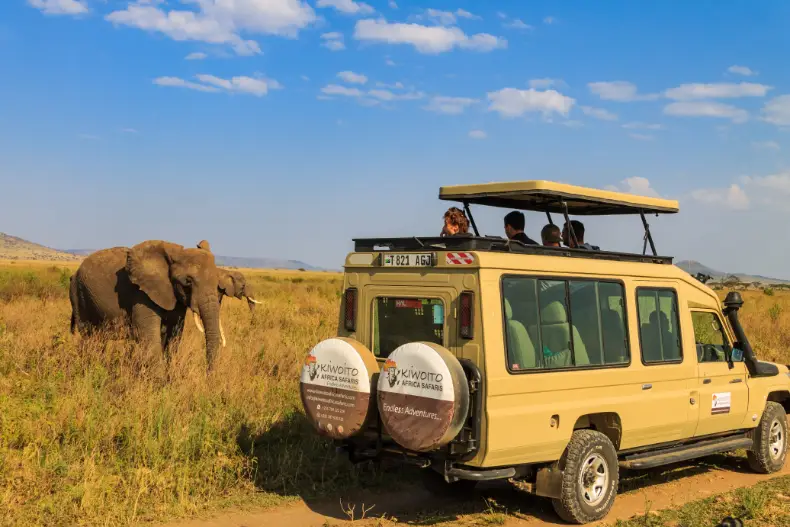
Best Time to Visit
Timing your visit to Tanzania can make all the difference in what you see and how you feel during your safari.
The dry season from late June through October stands out as the prime window, when animals gather around shrinking water sources, making them easier to spot in large numbers. Skies stay clear, trails are passable, and the Great Migration peaks in the Serengeti, with dramatic river crossings that showcase nature’s raw power. If you prefer fewer crowds and lush greenery, the shoulder months like January or February bring calving season, where predators lurk near newborn herds under warmer skies.
Rainy periods in April and May might deter some with muddy roads and scattered wildlife, but they offer vibrant landscapes and lower rates for those willing to adapt. Ultimately, aligning your trip with migration patterns or personal weather preferences ensures the memories stick.
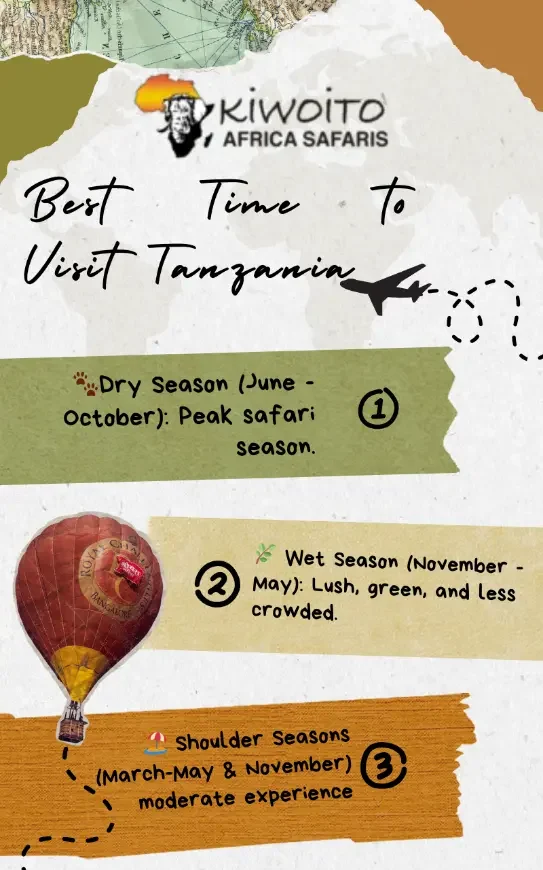
Tanzania Safari Costs
Breaking down the costs of a Tanzania safari reveals how various elements combine to shape your total spend. Accommodation often tops the list, especially in high-end setups where luxurious lodges or private tents can range from $500 to over $1,000 per night, including meals and activities.
Park fees add another layer, typically $50 to $100 per person daily for entry into spots like Serengeti or Ngorongoro, funding conservation efforts. Then there’s the vehicle and driver, essential for game drives; a private 4×4 with a guide might cost $200 to $400 per day, covering fuel and expertise. Flights between parks bump it up further, at $200 to $500 per leg, while tips, visas, and incidentals like drinks round out the extras. For budget safaris, expect $200 to $350 per person per day, emphasizing basic camping and shared experiences. Mid-range jumps to $400 to $600, with comfortable camps and better inclusions. High-end or luxury safaris start at $600 and can exceed $1,500 daily, delivering exclusivity like helicopter transfers and fine dining. These figures fluctuate with group size and season, but they give a clear picture for planning.
Tanzania Safari Circuits
Tanzania’s safari circuits divide the country into distinct regions, each with its own flavor of wilderness and pace. The northern circuit draws the most attention, centering on blockbuster parks like Serengeti for migration spectacles and Ngorongoro for dense animal populations in a compact area, making it accessible and action-packed.
In contrast, the southern circuit feels more secluded, with vast reserves like Ruaha and Selous offering rugged terrain, boat safaris on rivers teeming with hippos, and fewer visitors for a sense of true escape. The east brings coastal vibes, where parks near Dar es Salaam blend mangroves and marine life, ideal for combining bush with beach. Out west, places like Gombe Stream appeal to those seeking intimate chimp treks in forested hills, a quieter, more specialized adventure away from the herds. Choosing between them depends on whether you crave crowds and classics or solitude and surprises.
Difference of Days in Safari and How Impacts Experience
The number of days you dedicate to a Tanzania safari directly shapes how deeply you connect with the land and its rhythms, turning a quick visit into something more layered.
A seven-day trip covers the essentials, hitting key parks with focused game drives that deliver thrilling sightings without overwhelming your schedule.
Adding an eighth day opens up extra time in the Serengeti, where lingering allows you to track elusive leopards or watch sunsets over acacia trees, building on those initial excitements. By nine days, you weave in cultural visits, perhaps spending time with Maasai villages to learn their traditions, or exploring Arusha’s markets and coffee plantations for a taste of local life that balances the wild with the human. Stretching to ten days expands possibilities even further, incorporating additional parks like Tarangire for elephant herds or activities around Arusha such as canoeing on lakes or hiking foothills.
Each extra day multiplies your chances to absorb it all, from rare animal behaviors to quiet moments of reflection, ensuring the experience feels complete rather than rushed.
Ideal Safari Itinerary
For a solid foundation in Tanzania’s northern circuit, a seven-day high-end itinerary starts with
Day 1. arrival in Arusha, settling into a boutique lodge to shake off jet lag amid views of Mount Meru.
Day 2. heads to Tarangire National Park for game drives among ancient baobabs and elephant families, staying in a luxury tented camp with sunset cocktails.
Days three through five immerse you in the Serengeti, with private drives tracking the migration, hot-air balloon rides at dawn, and evenings in exclusive lodges overlooking the plains.
Day six descends into Ngorongoro Crater for a full day of crater-floor exploration, spotting rhinos and lions before retreating to a rim-side retreat. The final day wraps with Lake Manyara’s flamingos and tree-climbing lions, followed by a drive back to Arusha for departure.
To extend this, add more days in the Serengeti for deeper wildlife observation, like following predator hunts or visiting remote corners. Extra time in Arusha could include cultural tours to Maasai bomas or artisanal workshops, while incorporating other activities such as guided walks or even a side trip to Kilimanjaro’s base.
For ten days, slot in an additional park like Arusha National Park for canoe safaris or extend cultural elements with Hadzabe interactions, creating a customized flow that builds on the core without haste. This setup keeps the high-end focus on comfort and personalization, adapting easily to your pace.

